Museum of peasant culture – Colico
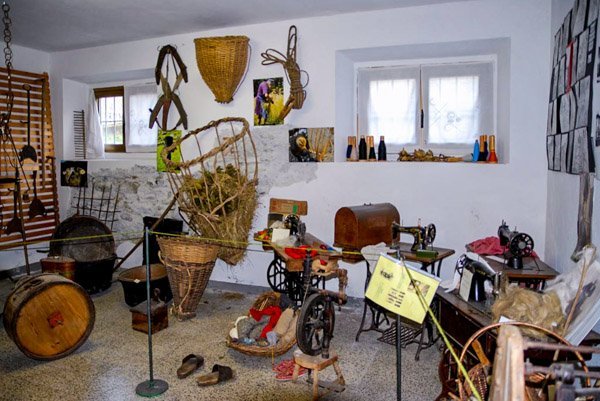
4ATUR 2024-2025
The Museum of Peasant Culture is an ethnographic museum located in the village of Villatico, in Colico. The museum showcases the history of peasant life in the Lake Como area from the late 19th to the early 20th century. It was founded in 2007 on the initiative of the CIF (Italian Women’s Centre) of Colico, an organization established after the second World War, with the aim of supporting families and children in need, valuing the integration of women into society, and promoting women’s education and culture. The CIF of Colico decided to collect objects from the region’s rural life, creating a collection of furniture and clothing typical of peasant life, with the support of Colico’s residents. The museum’s first location was the primary school of Villatico, which collaborated in setting up the project. The
museum was officially inaugurated on May 20, 2007, during the celebration of Saint Bernardino. In 2010, the town hall of Colico assigned the museum a small house near the Collegio S. Cuore. Today, the Museum of Peasant Culture of Colico is located in a renovated old farmhouse, designed to preserve the authentic atmosphere of rural life. In fact
the building retains the rustic appearance of a traditional peasant home. Inside, the spaces are divided into various thematic areas, each dedicated to a different aspect of rural life. Visitors can see what a traditional house looked like: a kitchen, a bedroom, wooden furniture, and many everyday items. In the bedroom, there is a wrought-iron bed with a
mattress, sheets, and blankets. Inside the wardrobe is the “dote”, a collection of linen fabrics and household items that a bride brought with her when she got married. One area is dedicated to fieldwork, with real tools used for hoeing, plowing, and harvesting crops. In the basement, visitors can see many tools used by farmers for agriculture and livestock breeding in the fields and mountains. There is also a section dedicated to old crafts, with tools for working wool, iron, wood and leather. The museum also recounts the oral traditions of peasant life: words in dialect, proverbs,prayers and nursery rhymes that were passed on from grandparents to grandchildren. This museum offers guided tours and hosts temporary exhibitions focused on specific themes-, such as traditional women’s clothing from the late 19th to the mid-20th century, which helps to understand how the role of women in society was changing, or other exhibitions concerning local cuisine, religion and their typical festivals. On some occasions, it also organizes interactive activities, such as food tasting,telling stories in dialect, playing traditional games, or demonstrations of old trades.
Author
minniti.claudia21@isgparinilecco.edu.it
Related Posts
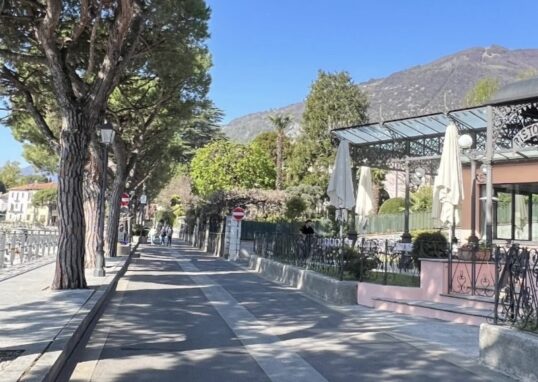
LENNO
3Atur 2024-2025 Lenno is an amazing village situated on the western shore of lake Como in the town of Tremezzina. It’s a...
Villa Balbianello: The structure
3A TUR 2024/25 The Villa Villa delBalbianello is a historic 18th-century residence overlooking Lake Como (Tremezzo), built by Cardinal Durini of Milan.The...
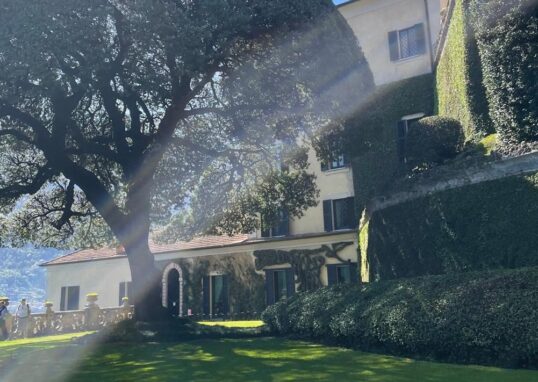
The park of Villa Balbianello
3Atur 2024/25 Villa Balbianello Park is a stunning place, sitting on a wooded hill and offering breathtaking views of Lake Como. It...
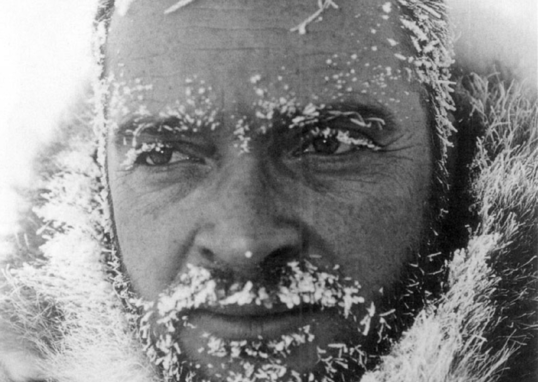
The life of Guido Monzino
3Atur 2024/2025 Guido Monzino was born in Milan in 1928. His father was Franco Monzino, known for founding the Standa supermarkets. But...
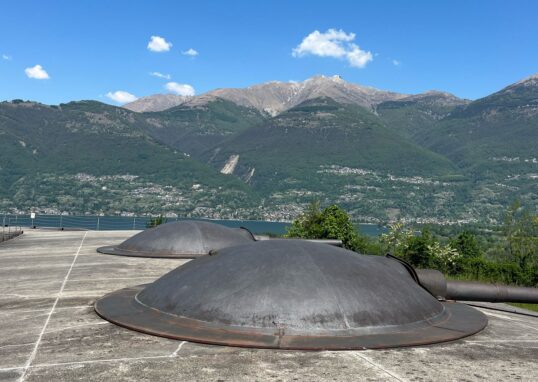
The Fortifications of Colico
4ATUR 2024-2025 During the first years of World War I (1915-1918), the Italian High Command , guided by General Luigi Cadorna, was...
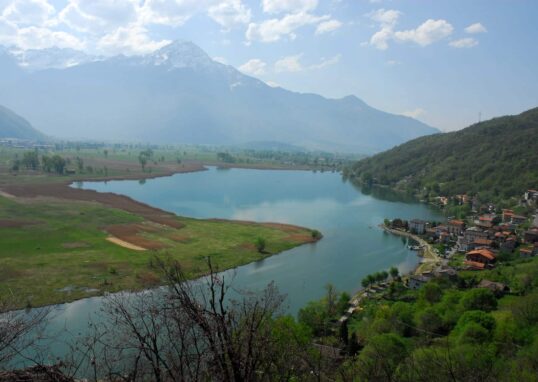
PIAN DI SPAGNA
Introduction: Pian di Spagna Natural Reserve is a protected area located in the town of Sorico and Gera Lario, in the Como...